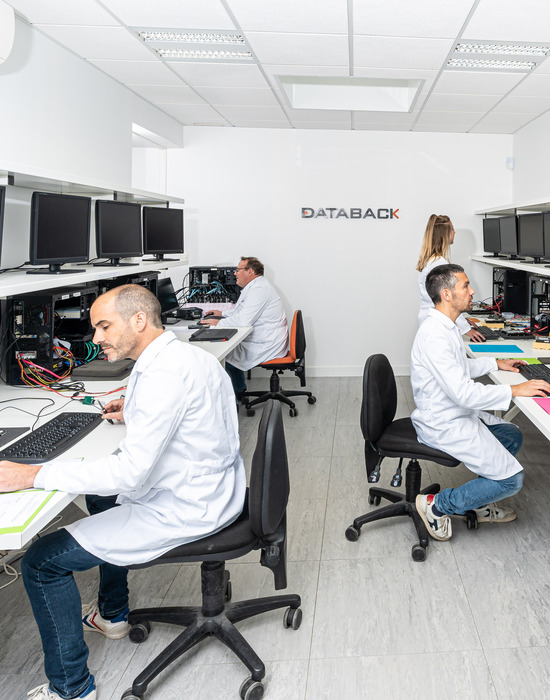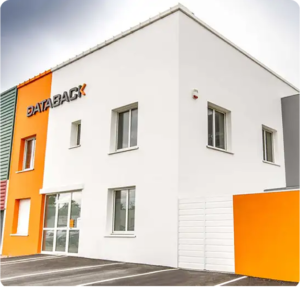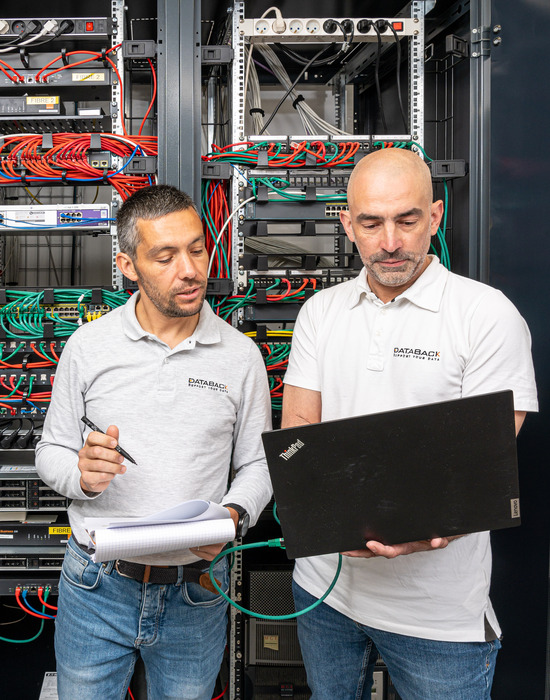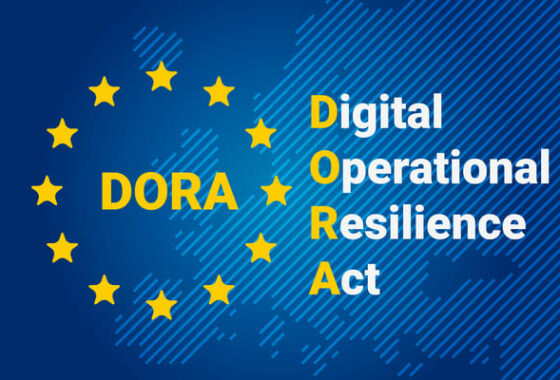
Virtual machines and the principle of virtualization: what's it all about?
A virtual machine( VM) is the result of system virtualization, which simulates an isolated computing environment on a physical host machine.
The virtual machine is thus the simulation or emulation of a virtual computing device, created and running on a hardware computing device. More simply, it’s a virtual computer, known as a “guest system”, encapsulated in a physical computer, known as a “host system”.
System virtualization enables the VM to offer the same user experience as a personal computer. While using the hardware resources of its physical host, the virtual machine has its own operating system, which can be different from that of the host (e.g., a Linux or MacOS guest OS can coexist with a Windows host OS). It can also virtualize its own processor, RAM, hard disk, drivers, etc.
The hardware resources that power the virtual machine are managed by software called a hypervisor or VMM(Virtual Machine Monitor). The hypervisor creates partitions dedicated to each VM and emulates their own virtual environment. It thus enables the creation and management of multiple guest systems, and the isolation of virtual machines from each other and from their physical host.



















